Securing your financial future means exploring all available investment options. While traditional 401(k) plans typically focus on stocks, bonds, and mutual funds, many investors are asking whether they can add silver to their retirement portfolios. This comprehensive guide explains the rules, methods, and considerations for investing in silver through retirement accounts.
With economic uncertainty and inflation concerns on the rise, precious metals like silver have gained attention as potential hedges against market volatility. Understanding how to properly incorporate silver into your retirement strategy could provide valuable portfolio diversification and protection against economic downturns.
Can You Directly Hold Silver in a Standard 401(k)?
Physical silver and retirement planning documents
The short answer is no—most standard employer-sponsored 401(k) plans don’t allow for direct investment in physical silver or other precious metals. Traditional 401(k) plans typically limit investment options to a pre-selected menu of mutual funds, target-date funds, and sometimes company stock.
However, this doesn’t mean silver is completely off-limits for retirement investing. There are several legitimate ways to gain exposure to silver within retirement accounts, which we’ll explore throughout this guide.
Important: While direct physical silver ownership isn’t possible in most standard 401(k) plans, there are alternative methods to incorporate silver into your retirement strategy through rollovers, self-directed IRAs, and silver-related securities.
Silver Investment Options for Retirement Accounts
When it comes to adding silver exposure to retirement savings, investors have several options that vary in directness, complexity, and tax treatment.
Silver-Related Securities in 401(k)s
While physical silver isn’t typically available in standard 401(k) plans, some plans may offer these silver-related securities:
- Silver ETFs (Exchange-Traded Funds)
- Silver mining company stocks
- Precious metals mutual funds
- Silver futures-based funds
These options provide indirect exposure to silver prices while remaining within the confines of traditional 401(k) investment options.
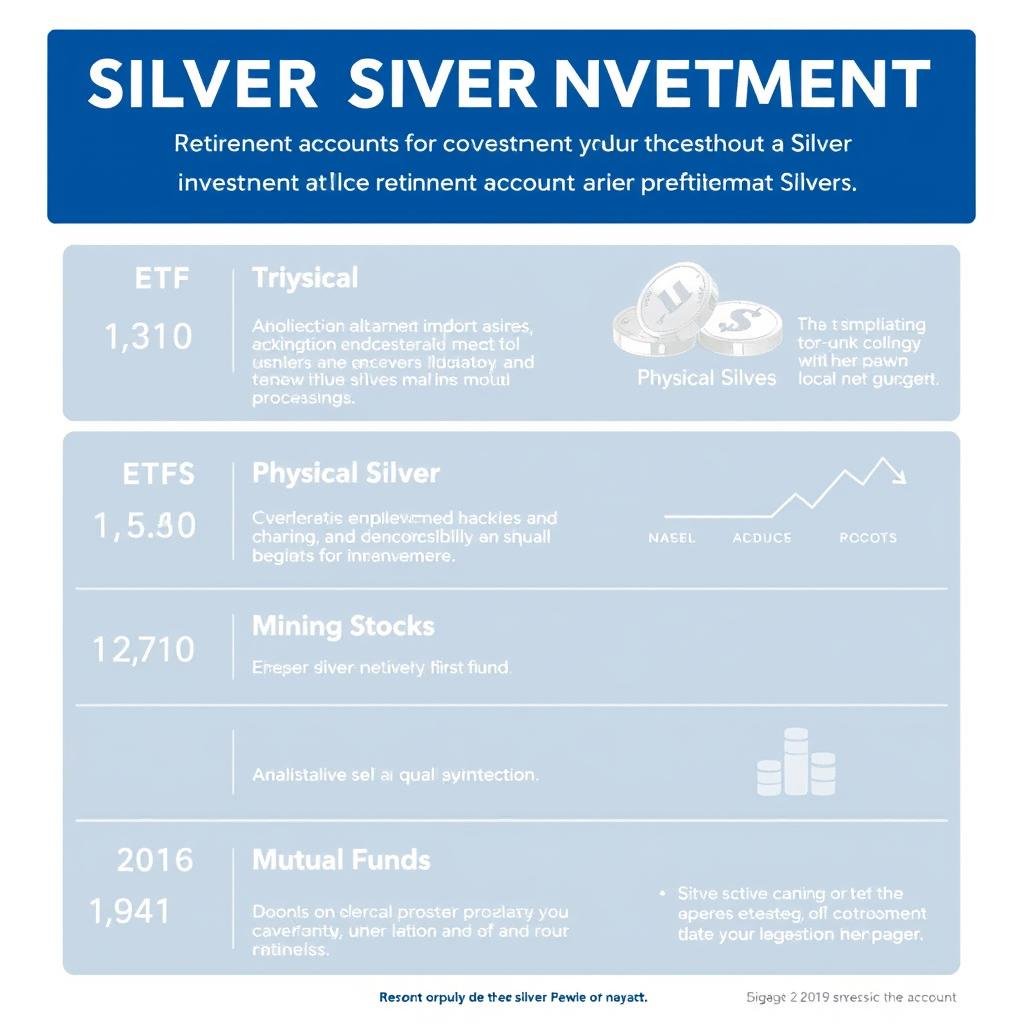
Self-Directed IRAs for Physical Silver
For investors wanting to hold physical silver in a retirement account, a Self-Directed IRA (SDIRA) is the primary vehicle. Unlike standard IRAs or 401(k)s, SDIRAs allow alternative investments including precious metals that meet specific purity requirements.
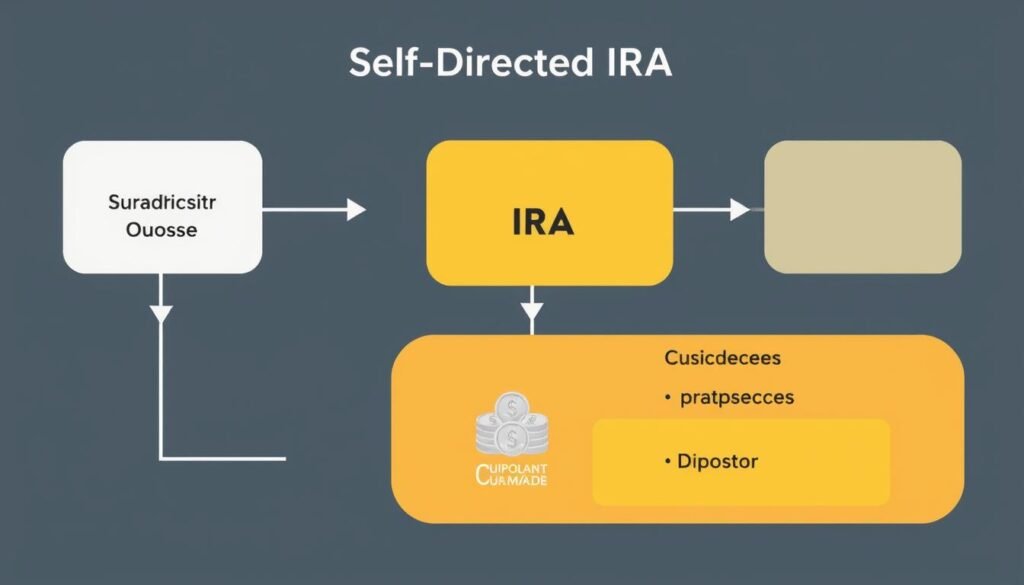
The IRS requires that silver held in an SDIRA must be:
- At least 99.9% pure silver
- Stored in an IRS-approved depository (not at home)
- In the form of approved coins or bullion
Approved silver products typically include:
American Silver Eagles

U.S. Mint-produced coins with 99.9% purity
Canadian Silver Maple Leafs

Royal Canadian Mint coins with 99.99% purity
Silver Bars from Approved Refiners
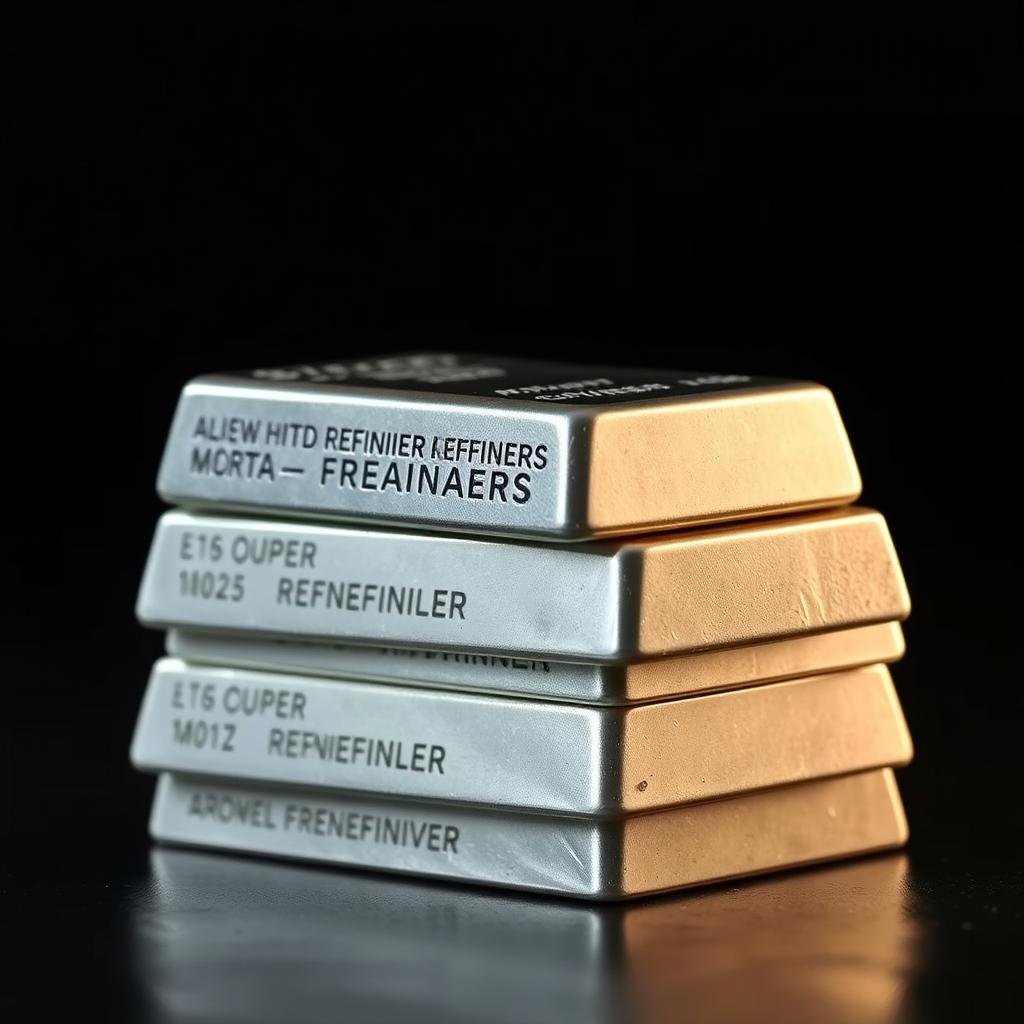
Bars from COMEX or NYMEX-approved refiners
How to Roll Over a 401(k) to a Silver IRA: Step-by-Step Process
If you’re interested in holding physical silver in a retirement account, you’ll need to roll over funds from your 401(k) to a Self-Directed IRA. Here’s how to do it properly:
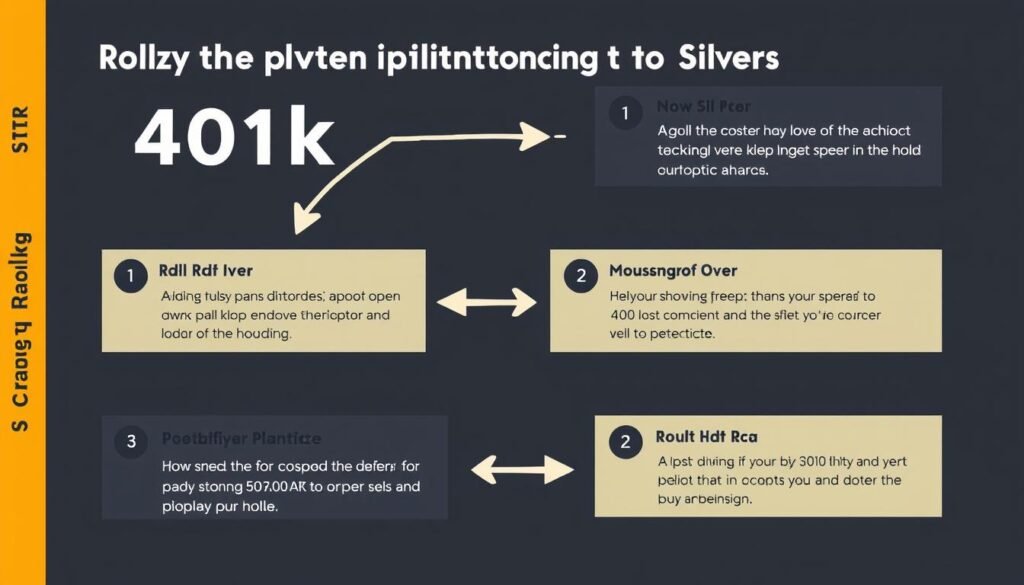
- Check eligibility: Verify that your 401(k) plan allows rollovers. Most plans permit rollovers when you leave an employer, while some allow in-service rollovers.
- Select a reputable silver IRA company: Choose a company with experience in precious metals IRAs, transparent fee structures, and positive customer reviews.
- Open a Self-Directed IRA: Complete the paperwork to establish your new account with an IRS-approved custodian that specializes in precious metals.
- Initiate the rollover: Request a direct rollover from your 401(k) administrator to avoid tax withholding. The funds will transfer directly to your new SDIRA custodian.
- Select your silver products: Choose IRS-approved silver coins or bars that meet purity requirements (99.9% pure).
- Complete the purchase: Your custodian will use the funds to purchase the selected silver products.
- Arrange secure storage: The silver will be stored in an IRS-approved depository under your account’s name.
Need Help With Your Silver IRA Rollover?
Our team of precious metals specialists can guide you through the entire process, ensuring compliance with all IRS regulations while maximizing your investment potential.
Pros and Cons of Silver in Retirement Accounts
Before deciding to add silver to your retirement portfolio, it’s important to understand both the potential benefits and drawbacks.

Advantages of Silver in Retirement Accounts
- Portfolio Diversification: Silver often moves independently of stocks and bonds, potentially reducing overall portfolio volatility.
- Inflation Hedge: Historically, silver has maintained purchasing power during inflationary periods.
- Industrial Demand: Unlike gold, silver has significant industrial applications, creating additional demand beyond investment.
- Tangible Asset: Physical silver provides a tangible store of value not dependent on any company’s performance.
- Tax-Advantaged Growth: Gains from silver in an IRA grow tax-deferred or tax-free (in Roth accounts).
Disadvantages of Silver in Retirement Accounts
- Higher Fees: Silver IRAs typically have higher fees than standard retirement accounts due to storage and insurance costs.
- No Income Generation: Unlike dividend stocks or bonds, physical silver doesn’t produce income.
- Price Volatility: Silver prices can be more volatile than gold or traditional investments.
- Storage Requirements: IRS rules require approved depository storage, adding costs and preventing personal possession.
- Liquidity Concerns: Converting physical silver to cash can take longer than selling traditional securities.
Tax Implications and IRS Regulations
Understanding the tax rules for silver in retirement accounts is crucial to avoid penalties and maximize benefits.
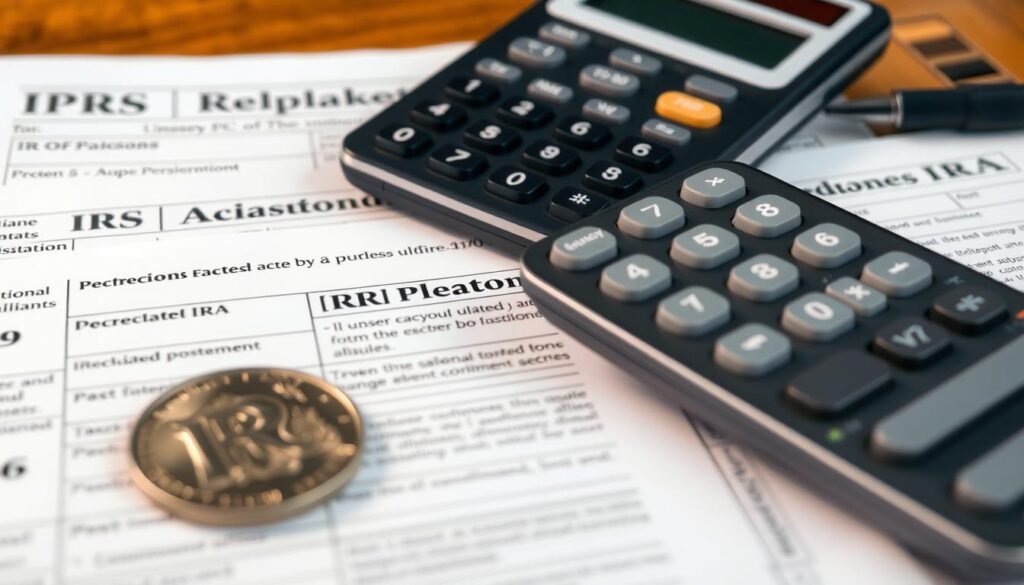
Key IRS Rules for Silver IRAs
- Contribution Limits: Silver IRAs follow the same annual contribution limits as traditional IRAs ($6,500 for 2023, $7,500 if over 50).
- Required Minimum Distributions (RMDs): Traditional Silver IRAs require distributions beginning at age 73 (as of 2023 rules).
- Prohibited Transactions: You cannot use your IRA to purchase silver for personal use or storage.
- Purity Requirements: Silver must be at least 99.9% pure to qualify for IRA investment.
“The IRS is very specific about what types of silver can be held in an IRA and how it must be stored. Failing to follow these regulations can result in significant tax penalties.”
Tax Considerations for Different Account Types
| Account Type | Contributions | Growth | Withdrawals |
| Traditional Silver IRA | Tax-deductible | Tax-deferred | Taxed as ordinary income |
| Roth Silver IRA | After-tax | Tax-free | Tax-free (if qualified) |
| SEP Silver IRA | Tax-deductible | Tax-deferred | Taxed as ordinary income |
Warning: Taking physical possession of silver from your IRA is considered a distribution and may trigger taxes and penalties. Always consult with a tax professional before making decisions about your retirement accounts.
Real-World Silver Allocation Strategies
Different investors approach silver allocation in retirement accounts based on their age, risk tolerance, and financial goals. Here are some example strategies:

Conservative Approach

Allocation: 5-10% in silver
Investor Profile: Near-retirement, lower risk tolerance
Strategy: Small silver position as insurance against economic uncertainty while maintaining focus on income-producing assets.
Balanced Approach
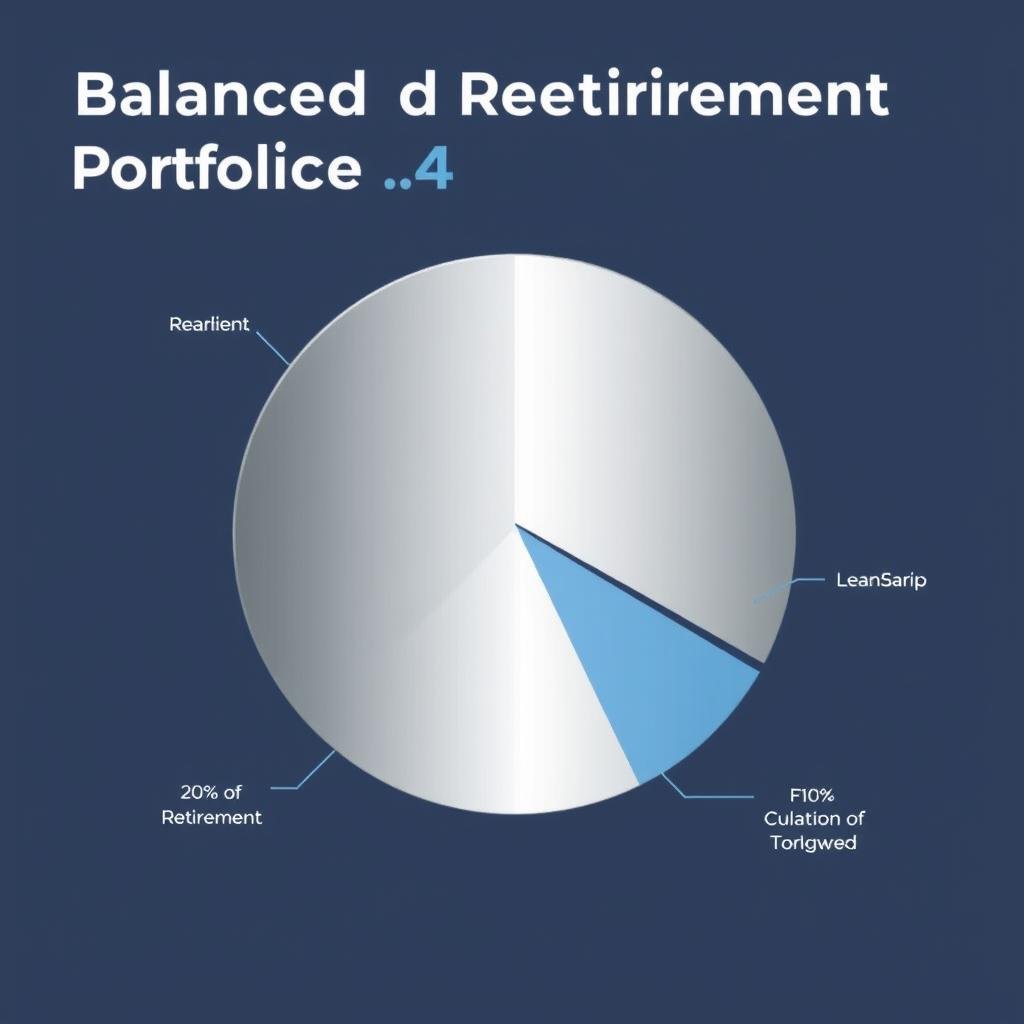
Allocation: 10-20% in silver
Investor Profile: Mid-career, moderate risk tolerance
Strategy: Meaningful silver position to balance traditional investments and provide hedge against inflation.
Aggressive Approach
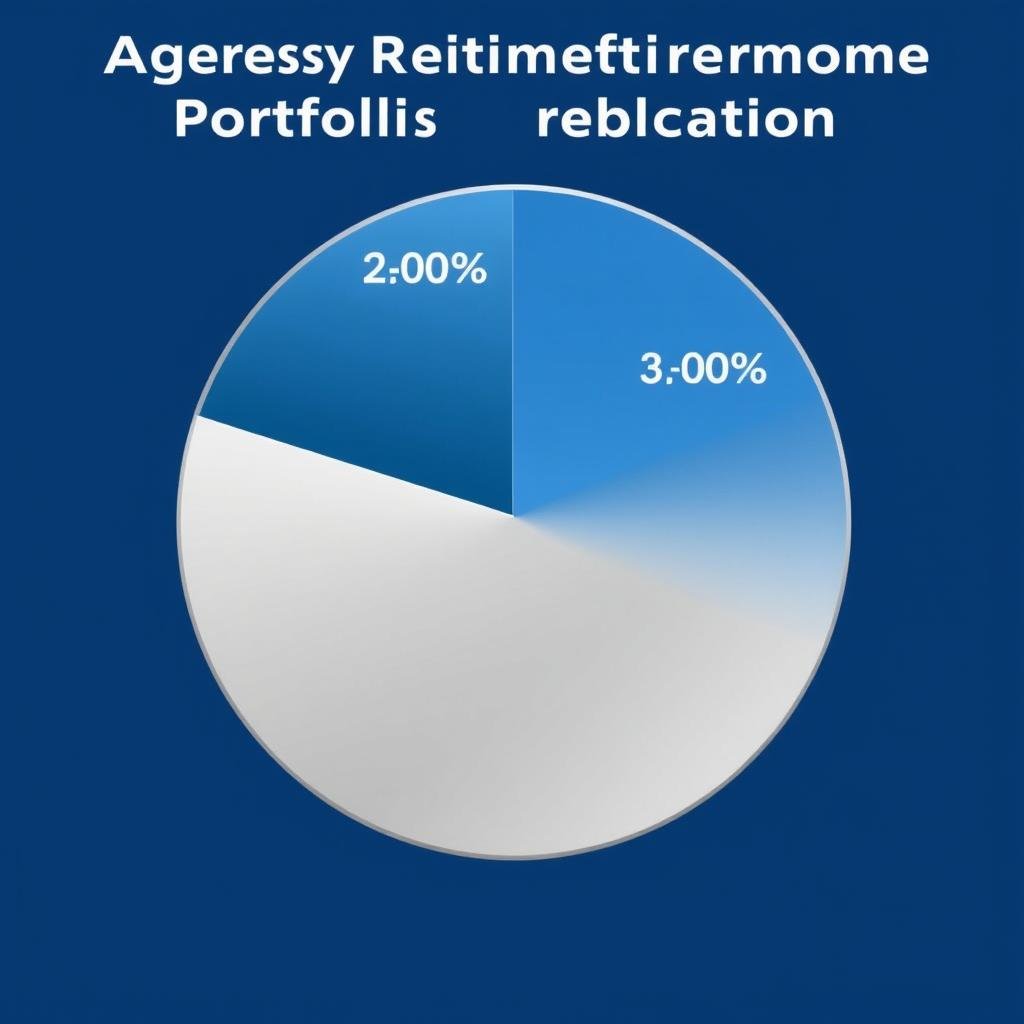
Allocation: 20-30% in silver
Investor Profile: Early career, higher risk tolerance
Strategy: Substantial silver position based on belief in long-term precious metals appreciation and concern about fiat currency stability.
“The ideal silver allocation depends on your overall financial situation, time horizon, and economic outlook. Most financial advisors recommend keeping precious metals to no more than 5-20% of your total retirement portfolio.”
Discover Your Ideal Silver Allocation Strategy
Our comprehensive guide includes allocation models for different investor profiles and detailed analysis of silver market trends.
Alternatives If Direct Silver Investment Isn’t Allowed
If your current 401(k) doesn’t allow for silver investments or you’re not ready to roll over to a Self-Directed IRA, consider these alternatives:
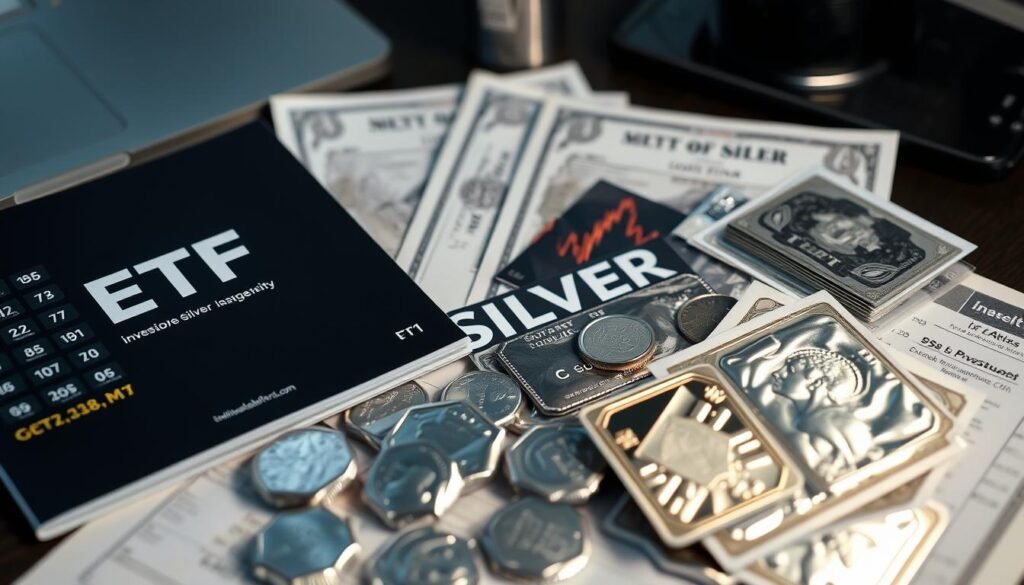
Silver ETFs
Exchange-traded funds that track silver prices offer exposure without physical ownership. Many 401(k) plans allow ETF investments.
Examples: iShares Silver Trust (SLV), Aberdeen Standard Physical Silver Shares ETF (SIVR)
Silver Mining Stocks
Investing in companies that mine silver provides indirect exposure and potential dividend income.
Considerations: Company performance factors beyond silver prices affect returns
Precious Metals Mutual Funds
Funds that invest in a basket of precious metals companies offer diversified exposure.
Benefit: Professional management and broader diversification
Using a Brokerage Window
Some 401(k) plans offer a “brokerage window” or “self-directed option” that allows access to a wider range of investments, potentially including silver-related securities. Check if your plan offers this feature.
Tip: If your employer’s 401(k) plan doesn’t offer silver-related investment options, consider contributing enough to get the full employer match, then directing additional retirement savings to a self-directed IRA where you have more investment flexibility.
Risks of Precious Metals Investing in Retirement Accounts
While silver can be a valuable addition to retirement portfolios, investors should be aware of specific risks:
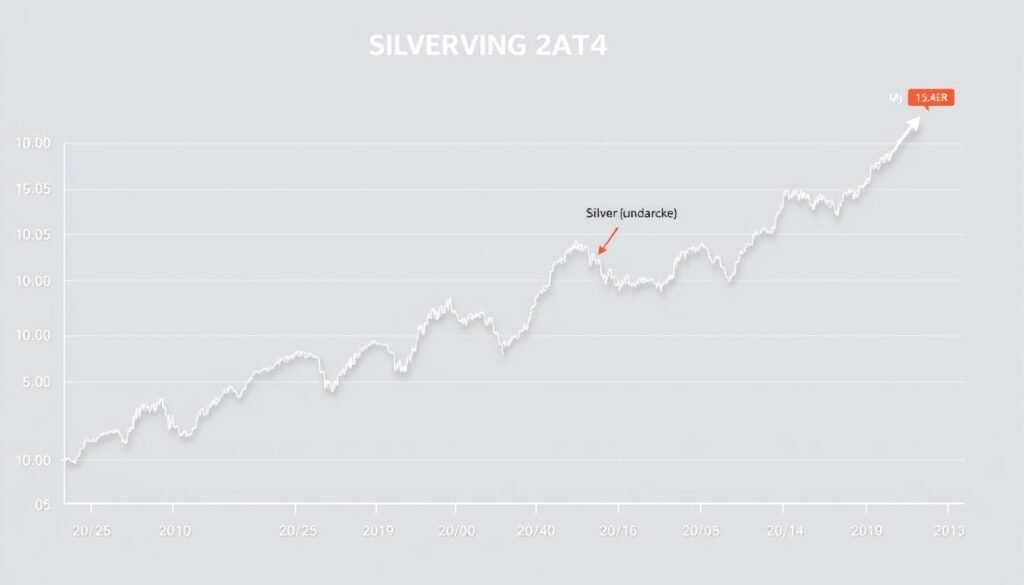
Market and Economic Risks
- Price Volatility: Silver prices can experience significant short-term fluctuations.
- Industrial Demand Fluctuations: Unlike gold, silver has substantial industrial uses, making it vulnerable to economic slowdowns.
- Currency Strength: A strong U.S. dollar typically puts downward pressure on silver prices.
Practical and Administrative Risks
- Higher Fees: Silver IRAs typically charge annual storage, insurance, and administrative fees that can erode returns.
- Liquidity Challenges: Converting physical silver to cash can take longer than selling traditional securities.
- Custodian Risk: The quality and reliability of your IRA custodian and storage facility matter.
Important Consideration: Required Minimum Distributions (RMDs) from traditional IRAs begin at age 73. With physical silver, you may need to sell some holdings to satisfy RMD requirements, potentially during unfavorable market conditions.
Conclusion: Is Silver Right for Your Retirement Portfolio?
Silver can serve as a valuable component in a diversified retirement strategy, particularly for investors concerned about inflation, currency devaluation, or economic instability. However, it’s not suitable as a primary retirement vehicle due to its volatility and lack of income generation.

The decision to include silver in your retirement accounts should be based on your:
- Overall financial situation and goals
- Time horizon until retirement
- Risk tolerance
- Existing portfolio diversification
- Economic outlook
“Silver should be viewed as one component of a well-rounded retirement strategy, not as a standalone solution. Most financial professionals recommend limiting precious metals exposure to 5-20% of your total portfolio.”
Before making any decisions about adding silver to your retirement accounts, consult with a financial advisor who has experience with alternative investments and understands your complete financial picture.
Ready to Learn More About Silver in Retirement Accounts?
Our comprehensive guide covers everything you need to know about investing in silver through retirement accounts, including tax strategies, approved products, and step-by-step instructions.
Frequently Asked Questions About Silver in Retirement Accounts
Can I add silver to my existing 401(k)?
Most standard 401(k) plans don’t allow direct investment in physical silver. However, some plans may offer silver ETFs or precious metals mutual funds. To hold physical silver, you typically need to roll over funds to a Self-Directed IRA.
What types of silver can I hold in a retirement account?
The IRS requires silver in an IRA to be at least 99.9% pure. Approved products typically include American Silver Eagles, Canadian Silver Maple Leafs, and silver bars from approved refiners. Collectible coins and jewelry are not permitted.
Can I store IRA silver at home?
No. IRS regulations require that precious metals in an IRA must be stored in an approved depository. Taking physical possession of the silver would be considered a distribution, potentially triggering taxes and penalties.
What are the fees associated with a Silver IRA?
Silver IRAs typically involve several fees: one-time setup fees (-250), annual custodian fees (-300), storage and insurance fees (0-300 annually), and transaction fees when buying or selling silver. These are in addition to the premium over spot price when purchasing silver products.
How do I take distributions from a Silver IRA?
You have two options: 1) Take physical possession of the silver (counted as a distribution and subject to taxes), or 2) Have the custodian sell the silver and distribute the cash value. Required Minimum Distributions (RMDs) apply to traditional Silver IRAs starting at age 73.

